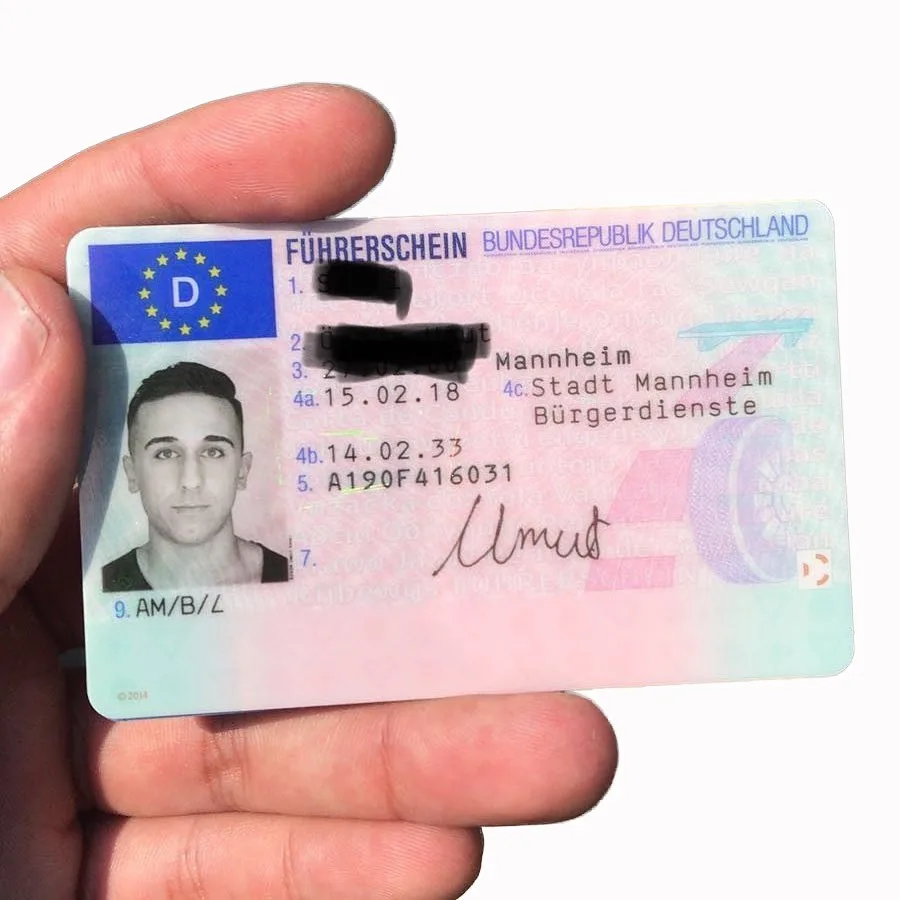A Complete Guide to Obtaining a Driving License Legally
Driving is a necessary ability that opens a world of opportunities and independence. Whether for travelling to work, running errands, or starting road trips, having a legitimate driving license is vital. Nevertheless, Führerschein of getting one can be complicated, especially for newbie chauffeurs. In this guide, we will stroll you through the required steps to legally get a driving license, ensuring you abide by the rules and guidelines of your regional jurisdiction.
1. Comprehend the Licensing Requirements
Before you begin the procedure, it is necessary to acquaint yourself with the licensing requirements in your state or country, as these can vary substantially. Typically, the standard requirements include:
Age: Most places require you to be a minimum of 16 or 18 years of ages to make an application for a learner's license or a full driving license.
Recognition: You will require to provide legitimate recognition, such as a birth certificate or passport.
Residency: Proof of residency in the state or nation where you are using is typically needed.
Health and Vision Tests: Some jurisdictions require a health or vision test to ensure you are fit to drive.
2. Get a Learner's Permit
For newbie drivers, the primary step in the licensing process is usually getting a learner's authorization. This permits you to practice driving under certain limitations, usually with a licensed grownup in the car. Here's how to get one:
Complete an Application: Fill out the needed kinds either online or at a local Department of Motor Vehicles (DMV) or equivalent authority.
Pass the Knowledge Test: Most jurisdictions need you to take a composed exam on traffic laws, road indications, and safe driving practices.
Pay the Fee: A fee is typically required for processing your application and providing the student's license.
Receive Your Permit: Once you've fulfilled all requirements, you'll get your student's license, allowing you to start practicing.
3. Practice Driving
With your student's permit in hand, it's time to practice driving. Here are some ideas for maximizing this time:
Supervised Driving: Always drive with a qualified adult who holds a legitimate driving license. Their assistance will be invaluable.
Log Your Hours: Many jurisdictions need a minimum number of driving hours with a student's authorization. Keeping a log can help you track your progress.
Learn Defensive Driving: Focus on establishing protective driving skills, recognizing roadway threats, and making safe driving choices.
4. Complete Driver Education (if required).
Some states or countries require new motorists, particularly those under 18, to complete a driver education course. This may involve:.
Class Instruction: Learning about road guidelines, traffic indications, driving security, and vehicle operations.
Behind-the-Wheel Training: Gaining experience driving with an instructor who can supply feedback on your skills.
5. Take the Road Test.
After you've practiced adequately and finished any needed driver education:.
Set Up a Road Test: Contact your local DMV or licensing authority to schedule the driving test.
Prepare Your Vehicle: You'll need to provide a safe, working vehicle for the test. Guarantee it fulfills all security requirements.
Arrive on Time: Get to the testing site early, with your learner's authorization and any required files.
Pass the Road Test: During the test, an inspector will evaluate your driving abilities. Concentrate on following traffic laws, using turn signals, and performing maneuvers safely.
6. Obtain Your Full Driving License.
As soon as you pass the road test, you're a step more detailed to having your full driving license:.
Pay the License Fee: A fee is generally required to provide your complete license.
Submit Documentation: Provide any needed documents, like proof of residency and recognition.
Get Your License: After processing, you'll either get your license immediately or it will be mailed to you.
7. Stay Informed and Safe.
Obtaining your driving license is just the start. Here are some final tips for responsible driving:.
Know the Rules: Stay updated on local traffic laws and policies.
Practice Defensive Driving: Always stay alert and ready for unexpected scenarios on the road.
Prevent Distractions: Keep your focus on driving, guiding clear of distractions such as mobile phones or loud music.
Renew When Necessary: Be conscious of your license's expiration date and renew it in a prompt way.
Conclusion.
Acquiring a driving license legally requires understanding the process, fulfilling necessary requirements, and practicing safe driving habits. By following these actions, you can navigate the course to ending up being a licensed driver with confidence and duty. Remember, driving is not simply an opportunity; it's an obligation that needs ongoing dedication to safety and awareness on the road. Drive securely!

